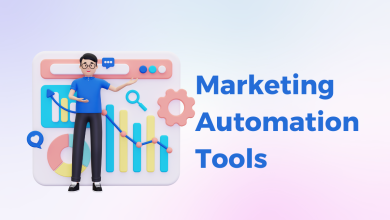The Importance of Digesting and Tracking Data from Headcount Reports

Although you might think a company’s headcount is simply the number of employees, that data proves to be so much more than that. Understanding your employees and knowing who works for you is part of the essential information every executive team must have by their side at any given time.
This valuable information can help management teams and leaders gain critical insights into the operational side of their organization. Although counting the number of your company’s employees seems like an easy task, collecting more detailed information about your workforce might be more complicated than that.
If you’re ready to learn everything about headcount reports, you’re in the right place.
What are headcount reports?
Before we move on to more specific features and practices of headcount reports, it’s crucial to give a headcount definition first.
As you can probably guess, a headcount report is a document containing critical information about employees working at a particular company or organization.
Headcount reports can be more or less detailed, depending on the information a company owner needs. Some contain the number of employees in each sector, while others go into detail to provide more information about the staff.
In most cases, the headcount reports include the following information:
- Job status – whether an employee is active or inactive for any reason.
- Schedule status – if an employee is working full-time or part-time.
- Exemption status – whether an employee is exempt or nonexempt from overtime work and additional benefits.
- Job position and title – an employee’s department, position, and title.
- Salary – an employee’s daily, monthly, or annual income.
- Veteran status – whether an employee served in an active military, naval, or air service
- Race – an employee’s race.
- Gender – whether an employee is male, female, or other.
Typically, only internal headcount reports include such extensive details about the workforce. Those reports allow organizations to categorize their employees according to various classifications, making it easier to comply with legal obligations, such as employee benefits or hiring practices.
Detailed headcount reports also allow companies to meet a specific goal, be it diversification, external hiring, or redistribution of labor.
On the other hand, external headcount reports give customers, partners, and investors better insight into the number of workers, so there’s no need to provide them with so much detail.
The importance of headcount reports
Data digest, headcount tracking, and reporting come with numerous benefits for businesses of all sizes and belonging to all industries. Let’s check out the key benefits you can experience by generating and evaluating headcount reports.
1. Employee classification
With headcount reports, a company can easily categorize its workforce. For instance, the exemption status allows businesses to classify employees whether they qualify for overtime work or not. This single feature depends on several factors, such as job description, working schedule, and pay rate.
2. Employee compensation
With headcount reports, companies can quickly gain insight into their compensation and benefit obligations. Since the funds for employee compensation and benefits largely depend on the company’s headcount, this is essential for covering health care benefits, family leaves, and medical emergencies.
3. Company organization
Headcount reports that include demographic details, such as race and gender, are essential for ensuring equal career opportunities for all workers. These reports also help companies diversify their workforce and give a chance for employment to underrepresented demographic groups.
4. Workforce planning
Whether you’re interested in general department plans or plans related to your HR sector, having information from headcount reports helps make smarter decisions and create better plans for the company’s future.
Best headcount report practices
If you want to implement winning headcount report practices, check out these helpful pieces of advice:
- Define your universal headcount – Headcounts should be accessible by all departments within the company.
- Create your universal worker – To learn more about your workforce, use the gathered data to create a universal worker across all operating departments.
- Make headcount reports dynamic – Don’t wait for annual or semi-annual headcount reports. Instead, keep them updated in real-time to access the most accurate information.
Conclusion
As a part of the executive team that leads the company into a brighter and better future, it’s vital to use data digest strategies and track the information from headcount reports. Having access to those details can be extremely helpful when planning your budget, workforce, and much more.
When you hire employees at a bigger scale, headcount reports are ideal sources that can make the complex and lengthy process simpler and quicker. Even if your hiring needs grow more demanding, there’s nothing a headcount report can’t solve.




